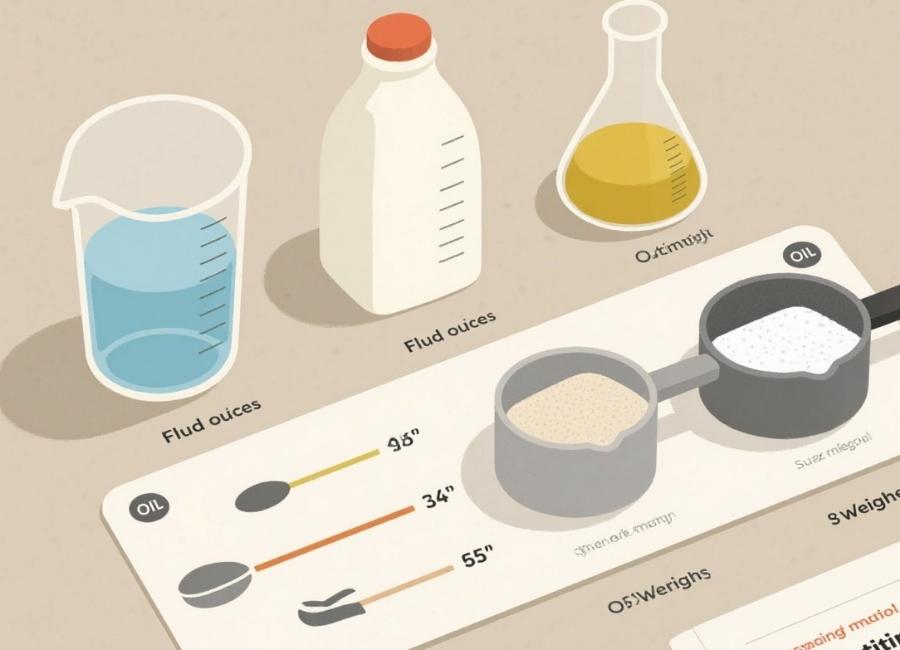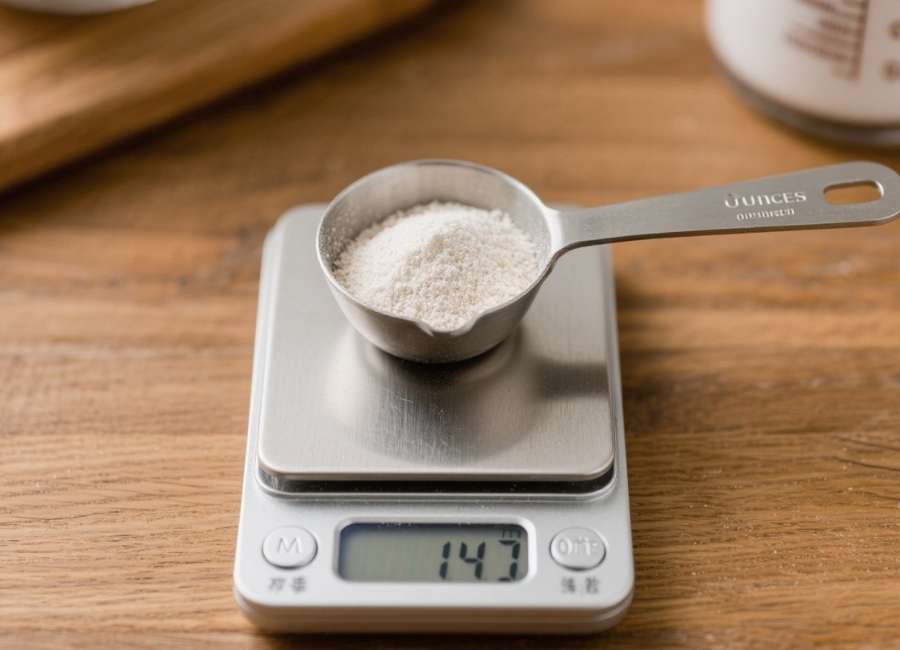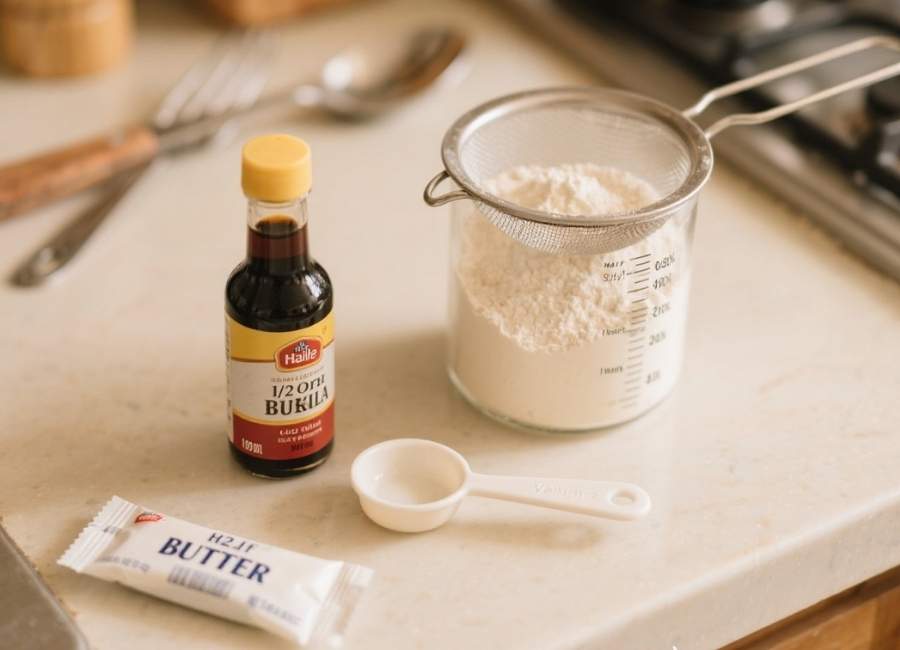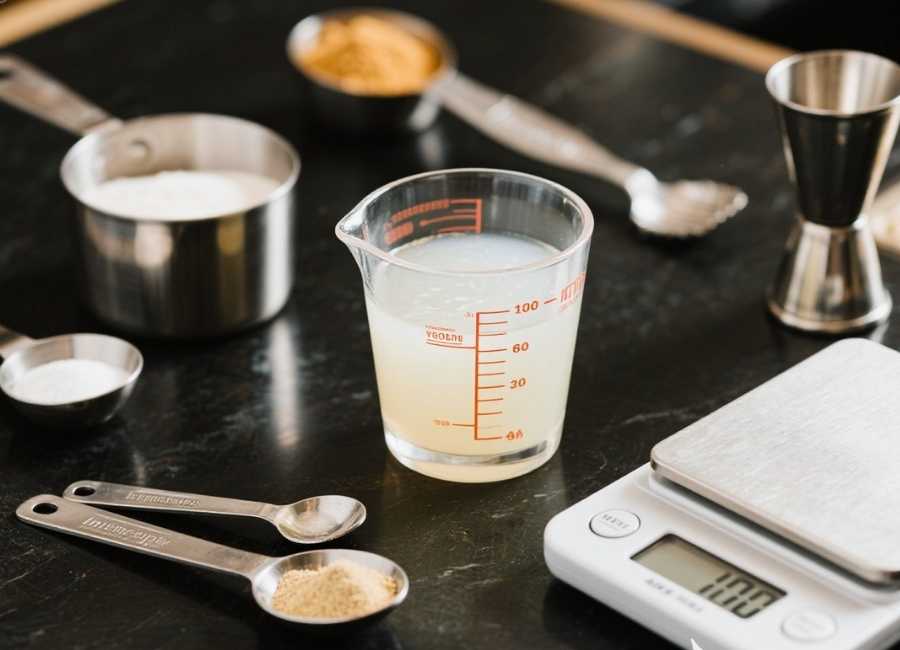Measurement conversions can seem daunting, but they’re essential for everything from cooking and baking to mixing cocktails to working on various hobbies and crafts. One question that often pops up is, “How much is half an ounce?” While the answer may seem straightforward, the context in which you’re measuring (liquid, solid, or weight) can make all the difference.
This guide breaks down what “half an ounce” means across different types of measurements, explains how to convert it into other units, and provides practical tips for accurate measuring.
Understanding Ounces as a Unit of Measurement

Before we jump into conversions, it’s essential to understand the two types of ounces and what they measure.
- Fluid Ounces measure volume and are primarily used for liquids like water, milk, and oil. When you see a recipe calling for fluid ounces, it’s focused on how much space the liquid takes up.
- Ounces by Weight measure mass and are used for items like flour, sugar, or metals. These are typically referred to simply as “ounces” but represent weight in this case.
Knowing whether you’re working with fluid ounces or weight ounces is the first crucial step toward accurate measurement.
How Much is Half an Ounce
Fluid Ounces (Volume)
Half an ounce, when measuring volume, equals 1 tablespoon or 3 teaspoons. This is a standard across most countries using the US measurement system. It’s useful in cooking recipes, especially when working with small quantities like vanilla extract or olive oil.

Weight Ounces
If you’re measuring by weight, half an ounce equals 14.1747 grams. This is commonly used when measuring dry ingredients or substances where precision matters.
- Quick Tip If your recipe uses cups instead of ounces, half an ounce by weight typically equals 1/16 of a cup. Always double-check, though, because the density of ingredients can vary.
Common Conversions for Half an Ounce
Whether for your kitchen, bar, or workshop, these conversions will make life easier when dealing with half an ounce.
For Liquids (Fluid Ounces)
- Tablespoons 1 tablespoon
- Teaspoons 3 teaspoons
- Milliliters 14.79 mL (rounded to 15 mL for ease)
- Cups 0.0625 cup (1/16th cup)
For Weight (Dry Ingredients)
- Grams 14.1747 grams (rounded to 14.2 grams for ease)
- Pounds 0.03125 pounds
- Kilograms 0.01417 kilograms
Alcohol Measurements (Bartending)
If you’re preparing cocktails or measuring spirits, half an ounce equals a “half shot” in traditional bar terms. You can use a jigger for accuracy, as most include half-ounce measurements.
Practical Scenarios for Half an Ounce Measurement

Cooking and Baking
- Vanilla Extract While baking cookies, a recipe might call for ½ ounce of vanilla extract. Using the conversion, you’ll measure 1 tablespoon for precise results.
- Butter or Oil When sautéing vegetables or baking, ½ ounce of butter is roughly equivalent to 1 tablespoon.
- Flour To measure dry flour accurately, half an ounce would equal approximately 2 tablespoons, depending on whether it’s packed or sifted.
Pro Tip Always spoon dry ingredients into the measuring cup and level them off to avoid compacting, which can lead to inaccurate measurements.
Cocktail Making
Most cocktail recipes use ounces as the primary measurement for spirits and mixers. For example, a classic cocktail may call for half an ounce of citrus juice. Using your conversions, you know this equals 1 tablespoon or 15 mL. A jigger with ounce markings is an invaluable tool for bartenders and home mixologists alike.
DIY Projects or Crafts
From creating essential oil blends to mixing epoxy resin, measurements often require precision. Half an ounce of liquid would equal 15 mL, which is easier to measure using syringes or graduated containers. For weight, half an ounce of beads, clay, or wire might be necessary for crafting projects.
Tips for Accurate Measurement

To ensure success in tasks requiring precise measurements, consider the following tips
- Invest in Proper Tools Measuring cups and spoons for volume, a kitchen scale for weight, and a jigger for cocktail making can save time and increase accuracy.
- Know Your Ingredients Some materials are denser or lighter, affecting how much space they take up. Always check whether you’re supposed to measure by volume or weight.
- Convert When Necessary If your tools or the recipe uses different units, use the conversions provided above to avoid confusion.
- Level It Off Especially for dry ingredients, always level off your measuring tools unless instructed otherwise.
Commonly Asked Questions
Can I Use a Standard Kitchen Scale for Both Weight and Volume
Yes, but you’ll need to know the density of the material you’re measuring to convert weight into volume accurately—for example, 1 fluid ounce of water weighs approximately 1 ounce, but that isn’t the case for all materials.
How Do I Measure Half an Ounce Without a Scale
For dry items, use tablespoons or teaspoons. For liquids, a measuring spoon or graduated cylinder can help.
Is Half an Ounce the Same Everywhere
While the conversion values above apply to the US system, metric system users rely on milliliters and grams for similar measurements. If you’re working internationally, be sure to adapt your conversions accordingly.
Make Measurements Simple
Whether in the kitchen, behind a bar, or working on a DIY project, understanding how much half an ounce is can save time and improve accuracy. Armed with these conversions and tips, you’re well-prepared to tackle any recipe, drink, or task that calls for half an ounce.
For more helpful guides and tips on measurements, weights, and conversions, bookmark this blog or subscribe to our newsletter. Cheers to accurate measuring!











